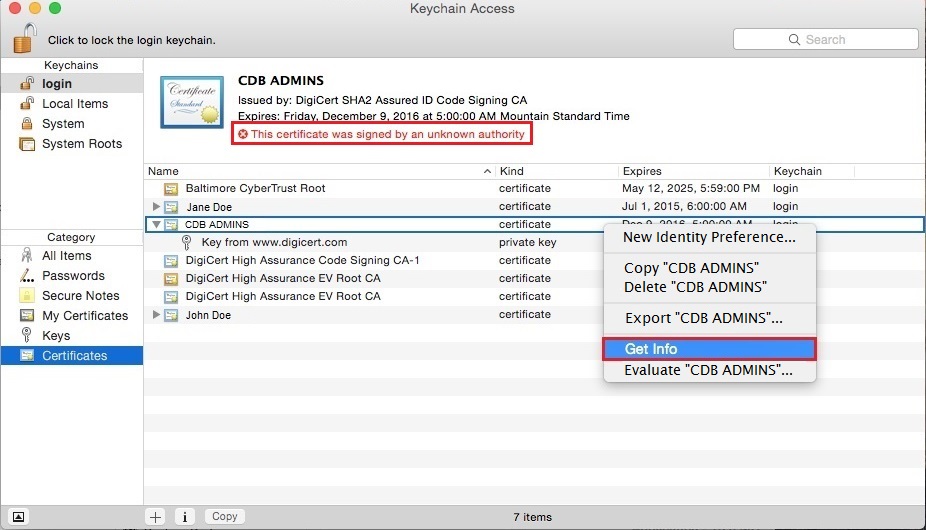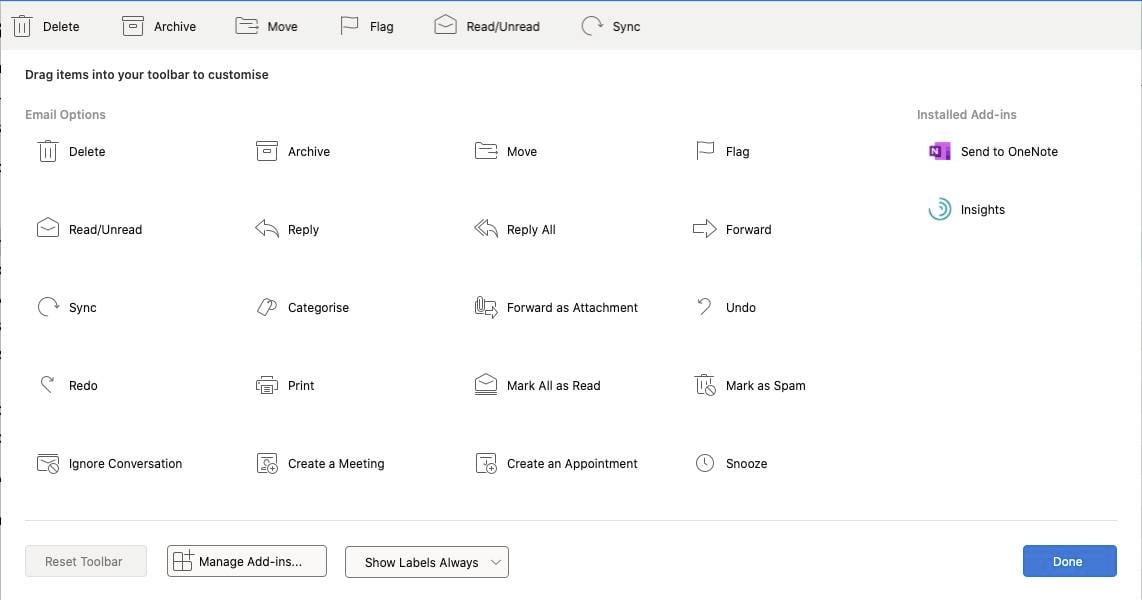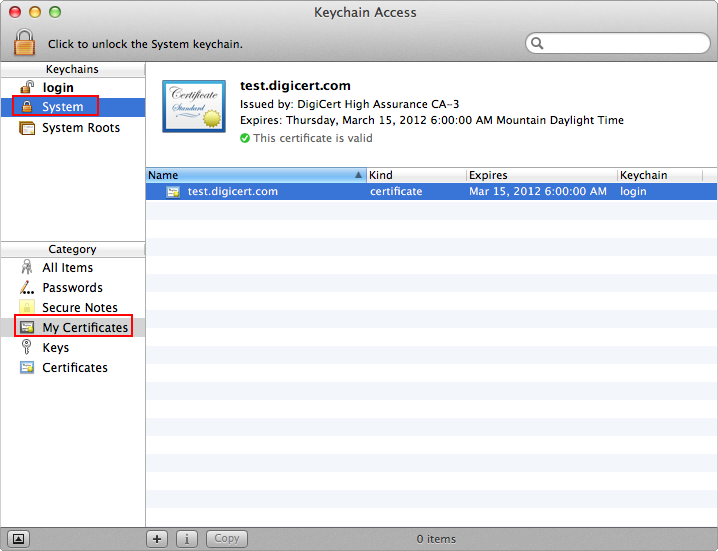
- Stop digital signing certificate in outlook 2011 for mac install#
- Stop digital signing certificate in outlook 2011 for mac drivers#
- Stop digital signing certificate in outlook 2011 for mac software#
- Stop digital signing certificate in outlook 2011 for mac windows#
Stop digital signing certificate in outlook 2011 for mac install#
So introducing one of these just because you want to install a driver or to enable easier customer support, and not letting the user know, is inadvisable at best. Of all these methods, it stands to reason that stolen certificates, especially those intended for “All” purposes, are the most dangerous.

Stop digital signing certificate in outlook 2011 for mac software#
This applies to software applications, websites, or even email.
Stop digital signing certificate in outlook 2011 for mac windows#
Any certificate with the root certificate already in their Trusted Root Certification Store on a Windows system will trust any certificate signed with the same private key for “All” purposes. How can they be abused?Īn attacker who gets ahold of the private key that belongs to a root certificate can generate certificates for his own purposes and sign them with the private key. It also gives any owner of the private key that goes with that certificate a lot of options to perform actions on a computer with that certificate installed. So, not only does silently adding a root certificate break the hierarchical trust model of Windows.

The impact is the same as for any Certificate Authority (CA) behind certificates installed on Windows systems.Īn exception is that in some instances large companies may choose to do the same with the intent to perform SSL decryption at the perimeter for outbound traffic. Having a certificate in the Trusted Root Certification Store for “All” intended purposes on a Windows system gives anyone that has the private key associated with the certificate the ability to completely own the system on which it is installed. Under normal circumstances, only a certificate issued by Microsoft would have “All” in the root certificates “Intended Purposes” field.
Stop digital signing certificate in outlook 2011 for mac drivers#
So any system with these drivers installed from any of the vendors will trust any certificate issued by the same CA-for “All” purposes. But this particular driver installed a certificate valid for “All” purposes. Root certificates can be installed for purposes such as timestamping, server authentication, code-signing, and so on. It was just introduced to complete the installation on Windows XP seamlessly. Ironically enough, the certificate wasn’t even needed to use the software. The installer was exactly the same for every Windows version. The silent install was designed to accommodate XP users, but it had the same effect in every Windows operating system from XP up to Windows 10. However, the audio driver skipped this step of prompting for approval (hence “silently” installing). Under normal circumstances, you would have to agree to “Always trust software from ” before a certificate would be installed there. This self-signed root certificate was installed in the Trusted Root Certification Authorities store. In a recent article by RSA FirstWatch, we learned that a popular USB audio driver had silently installed a root certificate.

We have talked about certificates in general before, but a recent event triggered our desire for further explanation about the ties between malware and certificates. They’re issued by a certified authority (CA) and, essentially, verify that the software/website owner is who they say they are. Root certificates are the cornerstone of authentication and security in software and on the Internet.


 0 kommentar(er)
0 kommentar(er)
